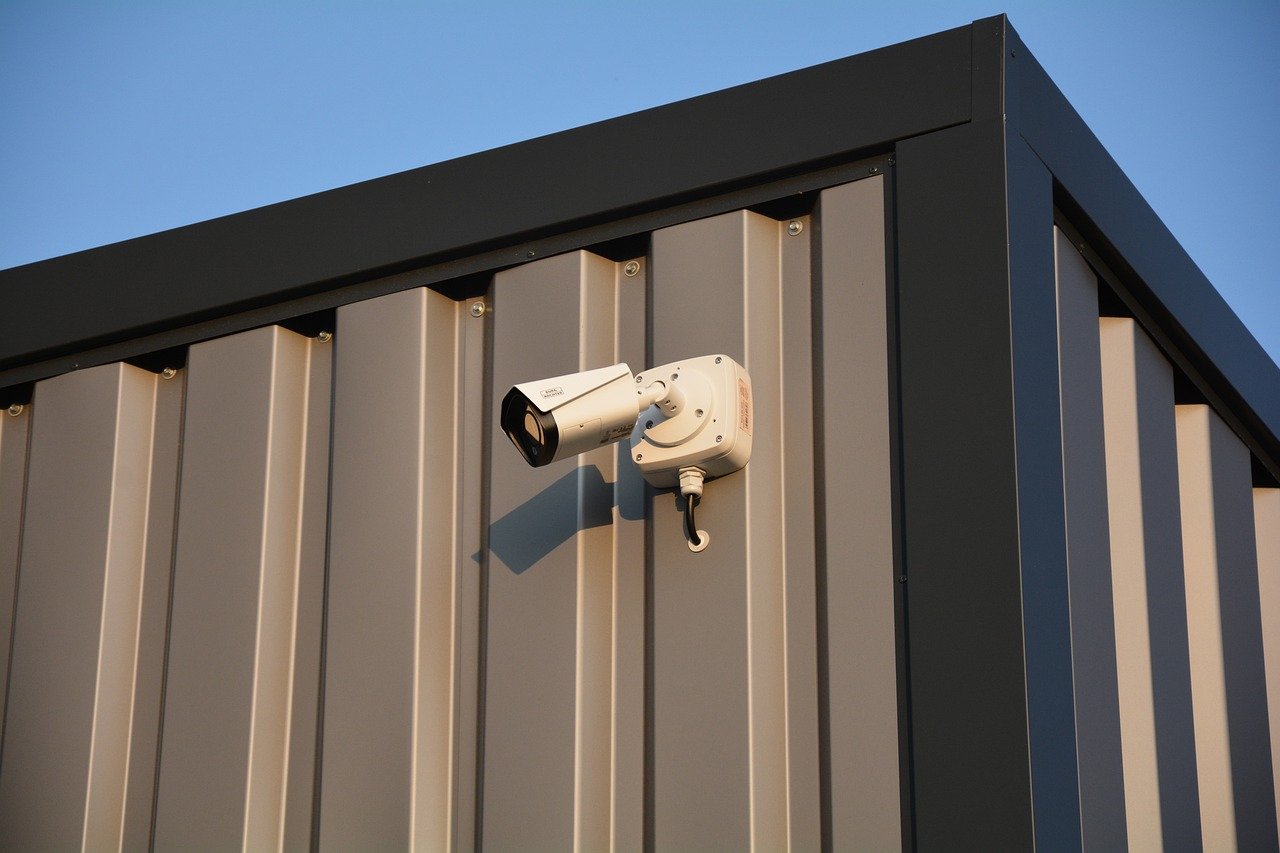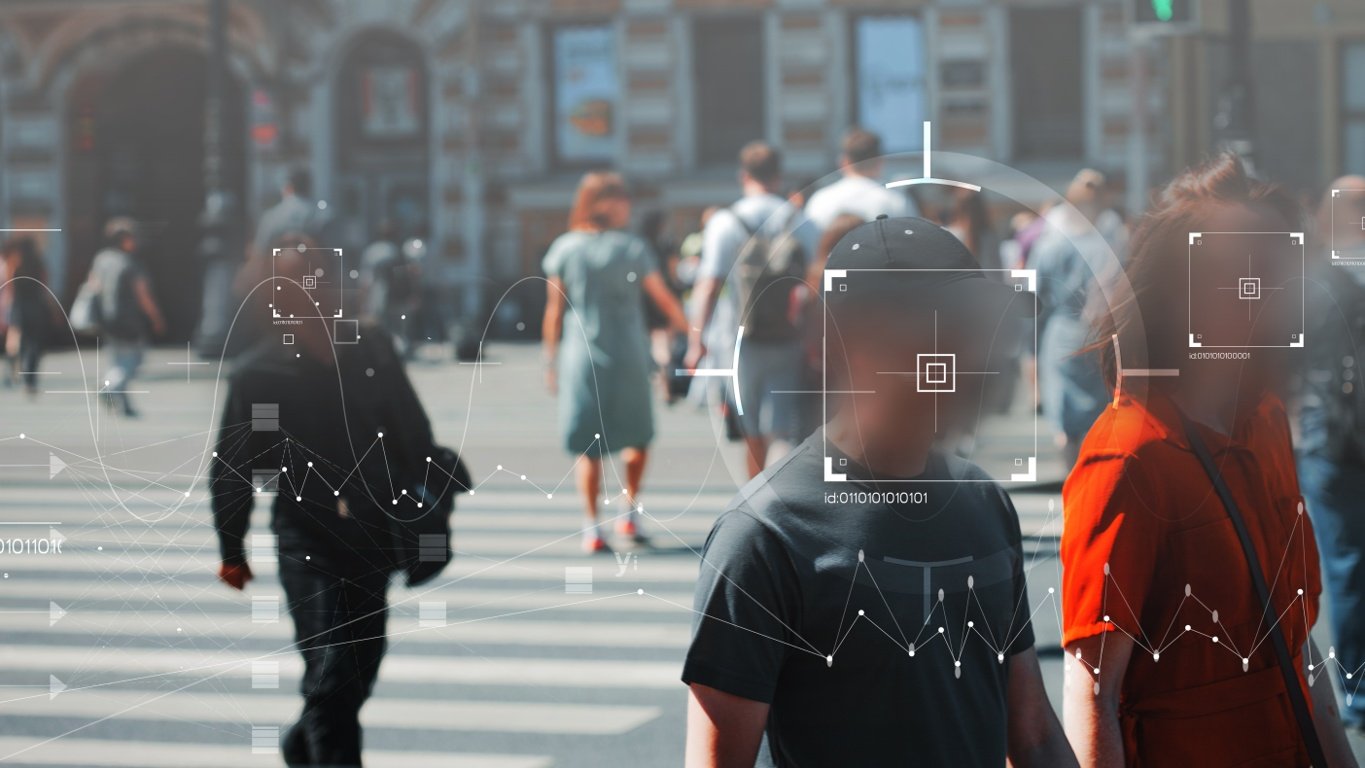Tesla’s highly anticipated ‘We, Robot’ event unveiled various futuristic products, including a sleek two-seater Cybercab, a fully automated Robovan, and a fleet of Optimus humanoid robots. The Cybercab, a smaller version of Cybertruck, promises affordable autonomous transport with inductive charging, while the Robovan aims to carry 20 passengers.
Cybercabs are part of Elon Musk’s broader goal to make autonomous rides affordable. They cost less than $30,000, and Musk states that the Cybercab could eventually reduce transportation costs to an impressive $0.20 per mile. This EV was originally expected earlier in 2023, but the Cybercab’s design was delayed following Musk’s request for changes to the vehicle’s front.
In the event, Musk also teased plans to begin “unsupervised full self-driving (FSD)” in Texas and California next year, using the Model 3 and Model Y, but tempered expectations by acknowledging his previous over-optimistic timelines.
Production of the Cybercab is targeted for 2026 or, as Musk quipped, “before 2027.”

One notable feature of the Cybercab is its lack of a traditional charging port. Instead, the vehicle relies on inductive charging — a form of wireless power transfer — which could mark a significant leap in convenience for electric vehicle owners.
Besides the Cybercab, Tesla also unveiled a surprise addition to its lineup at the event: the Robovan, an autonomous bus designed to carry up to 20 passengers or transport goods. While the company didn’t specify a production timeline for Robovan, Musk hinted at the broader impact autonomous vehicles could have on reshaping urban transportation.
The event highlighted Tesla’s humanoid robot, Optimus. Priced between $20,000 and $30,000, the robots interacted with the crowd, dancing, mixing drinks, and speaking with various accents.

While it remains unclear if the robots’ actions were fully autonomous or remote-controlled, their presence strongly indicated Tesla’s broader push into robotics.
As TechCrunch notes, Musk has been pushing the Cybercab strategy since 2019. The vision consists of a two-pronged business model: Tesla would operate its fleet of robotaxis while also allowing Tesla owners to rent out their vehicles through a ride-hailing platform.
However, Musk’s grand predictions have met resistance. Tesla’s Full Self-Driving (FSD) software, which operates using only cameras to detect its surroundings, still falls short of achieving true autonomy. Industry experts have long criticised Tesla’s vision-only approach, pointing out that while FSD can handle many driving tasks, it still requires human supervision.

This means Tesla’s vehicles aren’t yet fully autonomous, and achieving Level 4 autonomy — where cars can drive themselves in specific conditions — remains a significant hurdle. Furthermore, Tesla’s Autopilot and FSD systems have come under federal scrutiny, with several fatal crashes linked to the technology.
Additionally, autonomous vehicles without steering wheels or pedals, like the Cybercab, would not comply with current federal vehicle safety laws, a challenge that previously derailed GM’s robotaxi project, Cruise Origin.
Tesla will also need to prove its technology is safe and reliable, particularly in states like California, where autonomous vehicle regulations are more stringent. While Musk’s promises of an autonomous future have captivated investors, delivering on these promises remains a formidable task.
In the News: Xbox games will soon be available on Android







